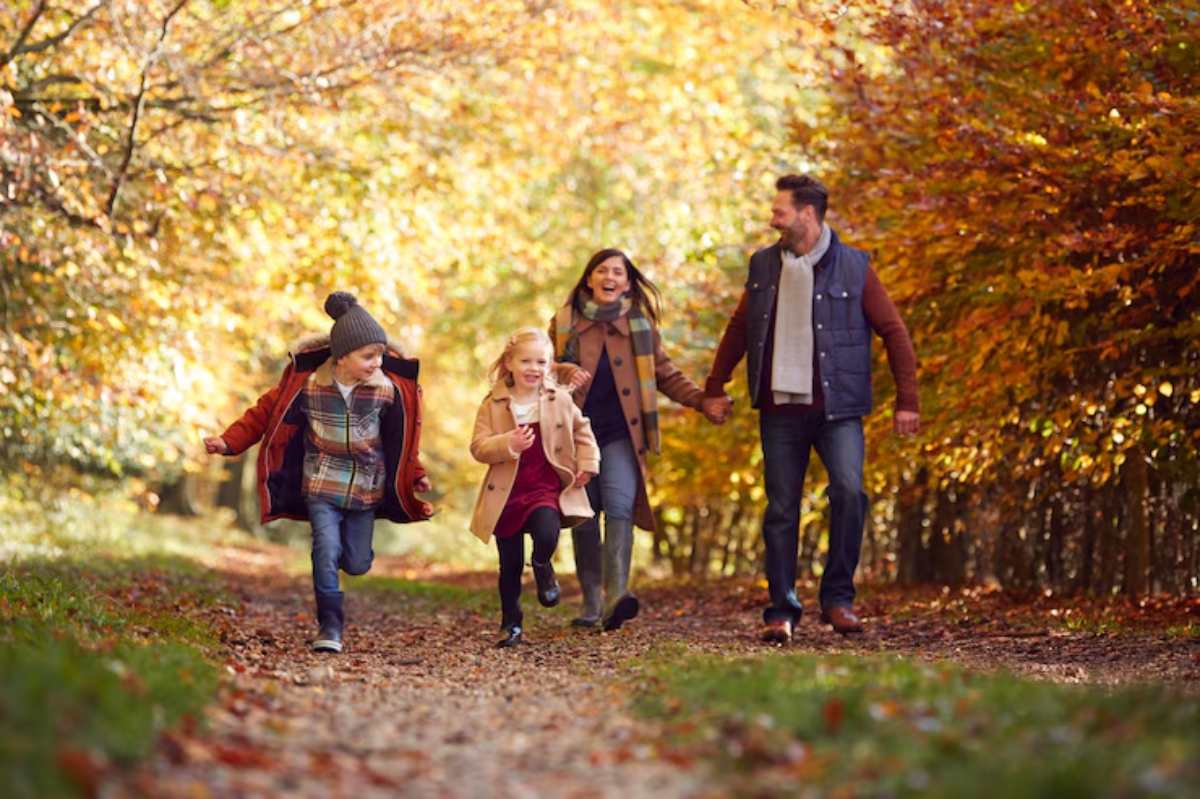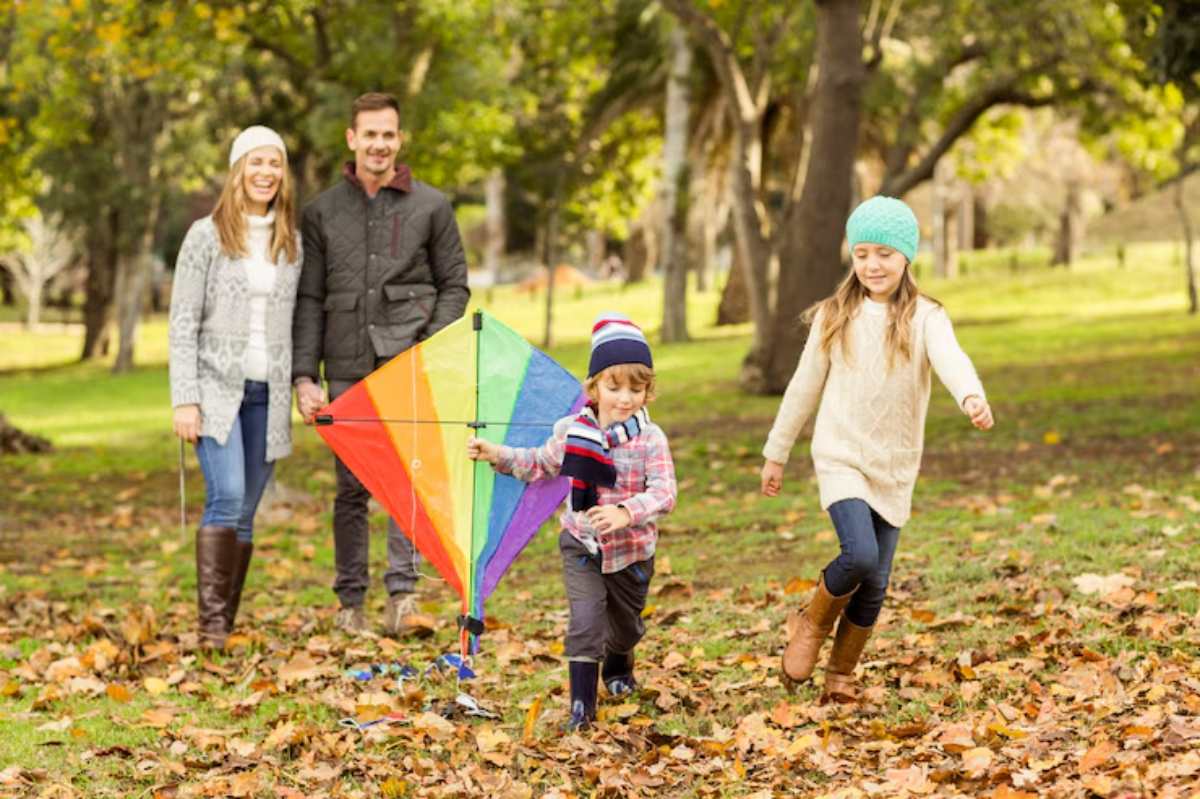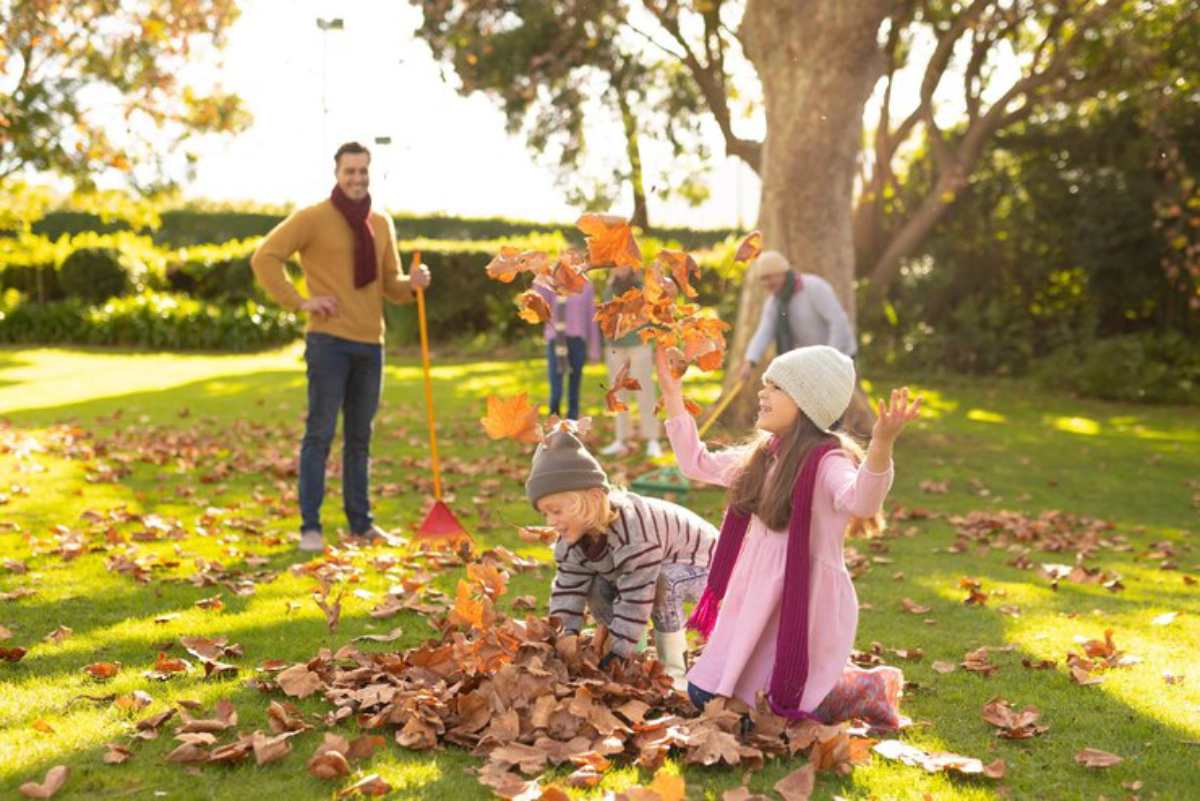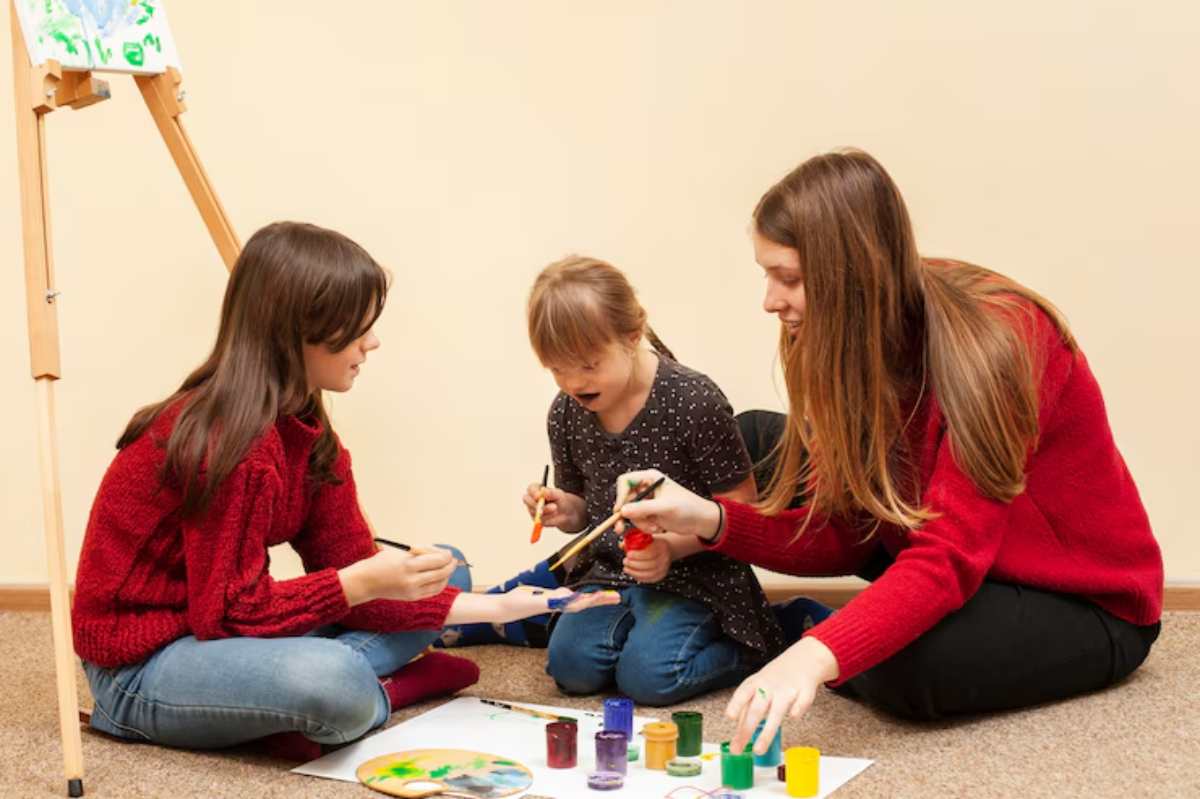
Nature Walks and Outdoor Play as a Family Ritual
In an era of crowded calendars and bright screens, families are in desperate need of some quality time together. Technology provides convenience and entertainment. But it can also short-circuit in-person conversations and time outside. Outdoor play and nature walks — the simple, powerful rituals that can restore balance and strengthen family ties.
Getting outside to enjoy recreation makes more than just your family active. It teaches you to slow down, to be present, and to relish unstructured time together. Whether it’s a walk through a local park, an afternoon in the backyard, or a weekend hike, these moments become anchors for connection and calm.
Why It Matters
Reclaiming Real Connection in a Digital Age
Children today spend more time indoors than any generation before them. The average child in the U.S. spends over seven hours a day in front of a screen, while only a fraction of that is spent outside. Parents, too, often find themselves tethered to devices, emails, and to-do lists. Nature walks offer a much-needed pause—a way to leave the noise behind and simply be together.
Time spent outdoors encourages natural conversation. Kids frequently share their thoughts, ask questions, and explore freely. They thrive without screens or strict settings. This fosters better communication, emotional closeness, and trust between family members.
A Ritual That Grounds the Whole Family
Family rituals create a sense of belonging and predictability, especially for children. When those rituals take place outdoors, they also introduce mindfulness and connection to the natural world. A simple walk after dinner, a Sunday park visit, or an evening game of tag shows that spending time together can be easy. It just needs to be intentional.
Key Benefits

1. Promotes Physical and Mental Well-Being
Fresh air, sunlight, and movement are natural mood boosters. Outdoor activity supports cardiovascular health, strengthens bones and muscles, and reduces stress hormones. For children, active play helps with motor skill development, coordination, and better sleep.
Mentally, the impact is just as powerful. Being around green spaces can lower anxiety. It also helps with attention spans and boosts resilience. Nature calms both kids and adults. Playing outside helps with overstimulation and digital fatigue.
2. Supports Cognitive Development and Curiosity
Nature is a dynamic learning environment. A walk in the woods becomes a science lesson. A leaf, a bug, a strange footprint—each discovery sparks questions, stories, and exploration.
Children benefit from this type of unstructured, open-ended play. It encourages problem-solving, observation, and creativity without the pressure of performance. Simple games like balancing on a log, building a fort, or racing in a field help with thinking skills and social growth. Digital games can’t match these benefits.
3. Strengthens Family Bonds Through Shared Experience
Shared activities foster connection. Doing things together, like walking, playing outside, or watching clouds, helps us connect. There’s no need for deep conversation—often, it’s the silence, laughter, or spontaneous observations that deepen your bond.
These low-stakes settings help parents bond with their kids. There are no chores, homework, or digital alerts to distract them. Over time, these shared experiences become cherished memories.
4. Encourages a Screen Detox and Healthy Tech Habits
One of the most immediate effects of outdoor time is the break it provides from screens. Making outdoor play a regular family activity sends a strong message. Screens are okay, but real-life experiences are more important.
When parents show the value of outdoor time, kids learn to use technology in a healthier way. Kids begin to understand the value of presence, movement, and unplugged fun, and these lessons often stick well into adulthood.
Additional Expert Tips & Common Mistakes to Avoid
Tips for Creating Lasting Outdoor Rituals
- Start Small and Stay Consistent: You don’t need a mountain or a national park. A walk around the block, a nearby trail, or time in your backyard is enough. The key is consistency.
- Make It a Part of Your Routine: Tie outdoor time to an existing part of your day—after dinner, Sunday mornings, or before bedtime. Rituals are most effective when they’re predictable.
- Let Kids Lead the Way: Allow your children to set the pace, choose the path, or decide the activity. This builds autonomy and keeps them engaged.
- Bring Simple Tools for Exploration: A magnifying glass, a nature journal, or a small container can make your walks more meaningful. They help you collect treasures without making things too complicated.
Common Pitfalls to Watch Out For
- Overplanning: Trying to schedule too much into one outing can lead to stress. Keep it relaxed and open-ended.
- Using Outdoor Time as a Reward or Punishment: Treat nature time as a gift, not something earned or withheld. It should be something everyone looks forward to.
- Letting Weather Be an Excuse: While safety is always first, don’t let a little drizzle or cold prevent your family from enjoying the outdoors. Dress appropriately, and teach kids that nature is worth experiencing in all seasons.
Advanced Insights and Expert Recommendations
What Research Tells Us
Studies from the Children & Nature Network show that kids who spend time in nature do better in school. They also manage their emotions better and feel more confident. Moreover, families who engage in outdoor rituals report stronger relationships and improved communication.
Nature-based parenting experts say outdoor play builds skills and values. These include patience, observation, gratitude, and perseverance. These qualities are cultivated not through lectures, but through lived experience in the natural world.
How to Deepen the Experience
Incorporate Reflection
Bring a journal along for older children or keep a family nature journal. After each outing, spend a few minutes noting what you saw, heard, or felt. This simple act encourages mindfulness and makes each walk more memorable.
Use Apps or Guides Mindfully
While the goal is to minimise screen time, there are thoughtful ways to use technology outdoors. Use bird-watching apps, star-gazing guides, or plant identification tools. Do this in moderation to boost curiosity without feeling overwhelmed.
Explore New Terrain
As the ritual becomes a routine, seek new paths or challenges. Visit different types of ecosystems—lakes, forests, and fields. Trying new environments keeps things interesting and teaches adaptability.
Rediscovering Joy in the Outdoors

Nature walks and outdoor play are not only good for the body, they’re healthy for the soul. In our busy, screen-filled world, simple rituals can help us reconnect. They centre us and provide clarity amid the chaos.
Getting kids outside to discover through nature is an experience that lets kids pass through, express, and connect. They bond not only with the world, but with loved ones. These gatherings don’t need fancy gear or even good weather. There is not much better than what they ask for, you just need to be present, patient and give them a willingness to step outside.
Start today. Step out of your front door. Let the ritual begin.


